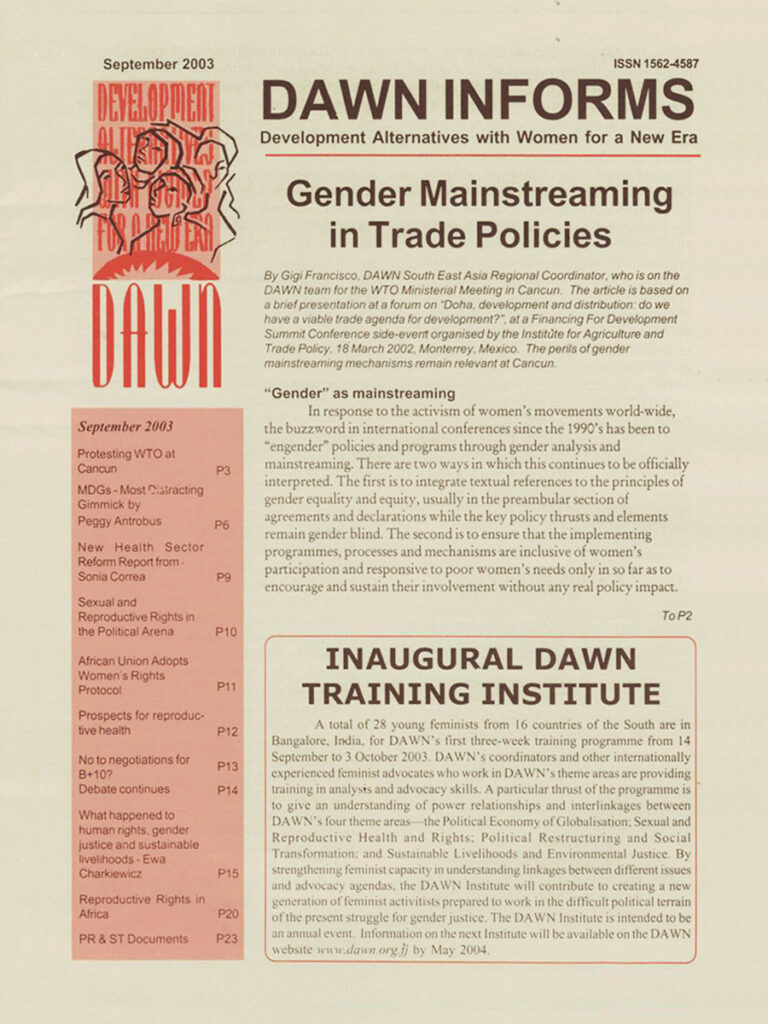The Millennium Development Goals (MDGs) were eight international development goals for the year 2015 that had been established following the Millennium Summit of the United Nations in 2000, in the wake of the adoption of the United Nations Millennium Declaration. The MDGs were based on the International Development Goals agreed upon by Development Ministers of the Organisation for Economic Co-operation and Development’s Development Assistance Committee (OECD DAC) in the “Shaping the 21st Century Strategy”.
All 191 United Nations member states and at least 22 international organisations committed to helping achieve the following MDGs by 2015:
- To eradicate extreme poverty and hunger
- To achieve universal primary education
- To promote gender equality and empower women
- To reduce child mortality
- To improve maternal health
- To combat HIV/AIDS, malaria and other diseases
- To ensure environmental sustainability
- To develop a global partnership for development
Each goal had specific targets and dates for achieving those targets. The eight goals were measured by 21 targets. To accelerate progress, the G8 finance ministers agreed in June 2005 to provide enough funds to the World Bank, the International Monetary Fund and the African Development Bank to cancel $40 to $55 billion in debt owed by members of the heavily indebted poor countries to allow them to redirect resources to programmes for improving health and education and for alleviating poverty.
The Sustainable Development Goals (SDGs) succeeded the MDGs in 2016.
(Based on the Wikipedia entry on MDGs.)
Millennium Development Goals related items
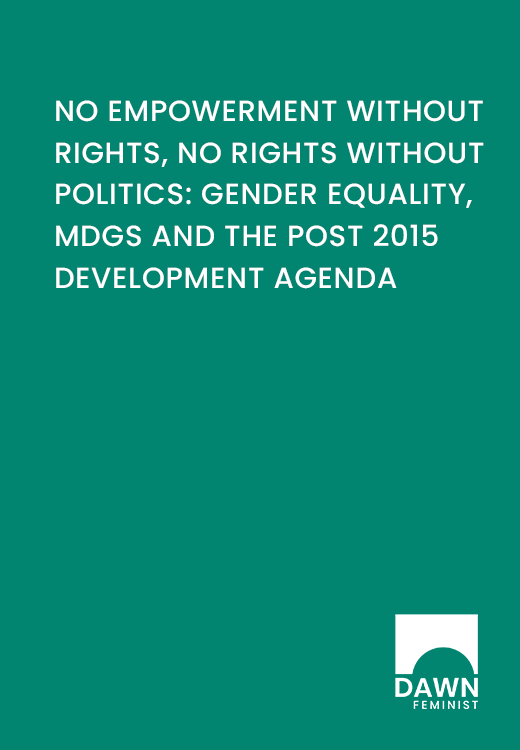
No Empowerment without Rights, No Rights without Politics: Gender Equality, MDGs and the Post 2015 Development Agenda
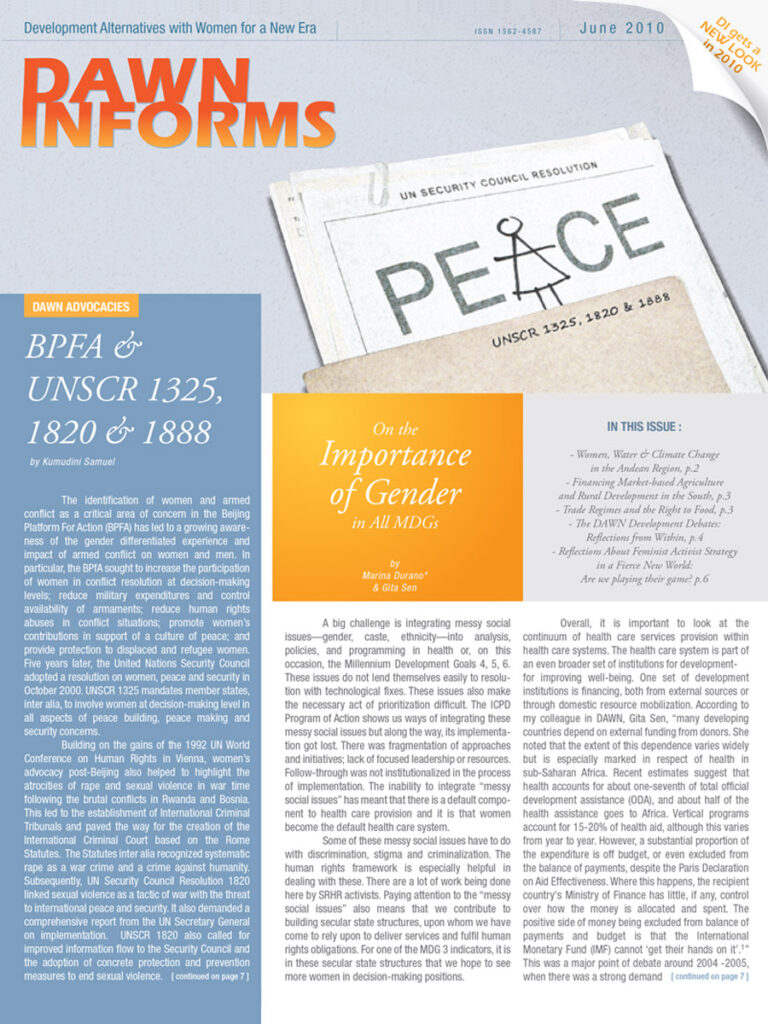
DAWN Informs June 2010
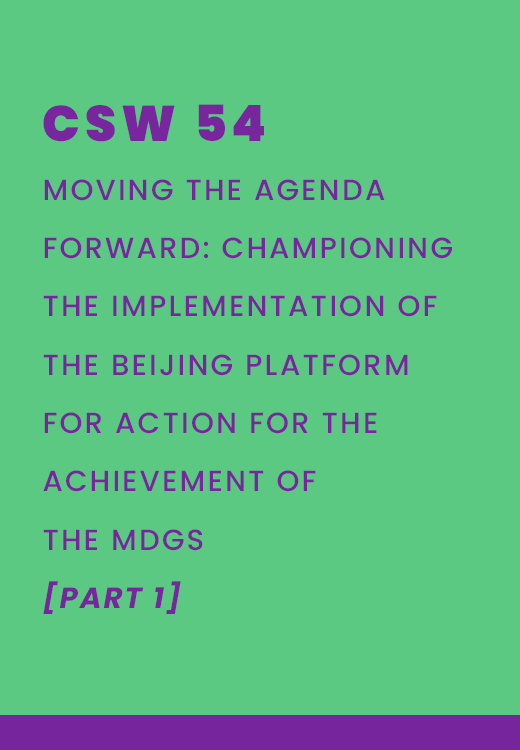
(CSW 54) Moving the Agenda Forward: Championing the Implementation of the Beijing Platform for Action for the Achievement of the MDGs [Part 1]
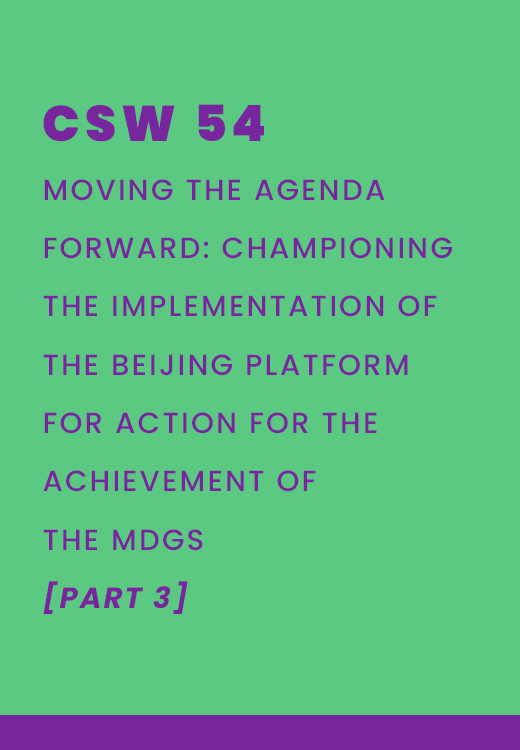
(CSW 54) Moving the Agenda Forward: Championing the Implementation of the Beijing Platform for Action for the Achievement of the MDGs [Part 3]
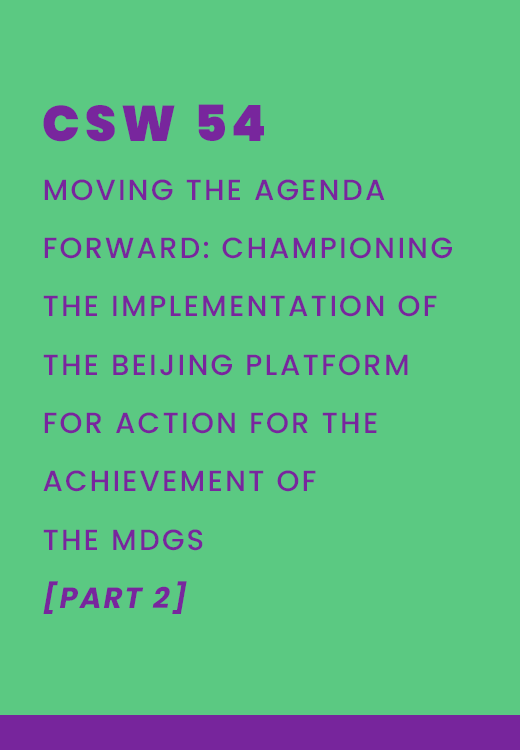
(CSW 54) Moving the Agenda Forward: Championing the Implementation of the Beijing Platform for Action for the Achievement of the MDGs [Part 2]
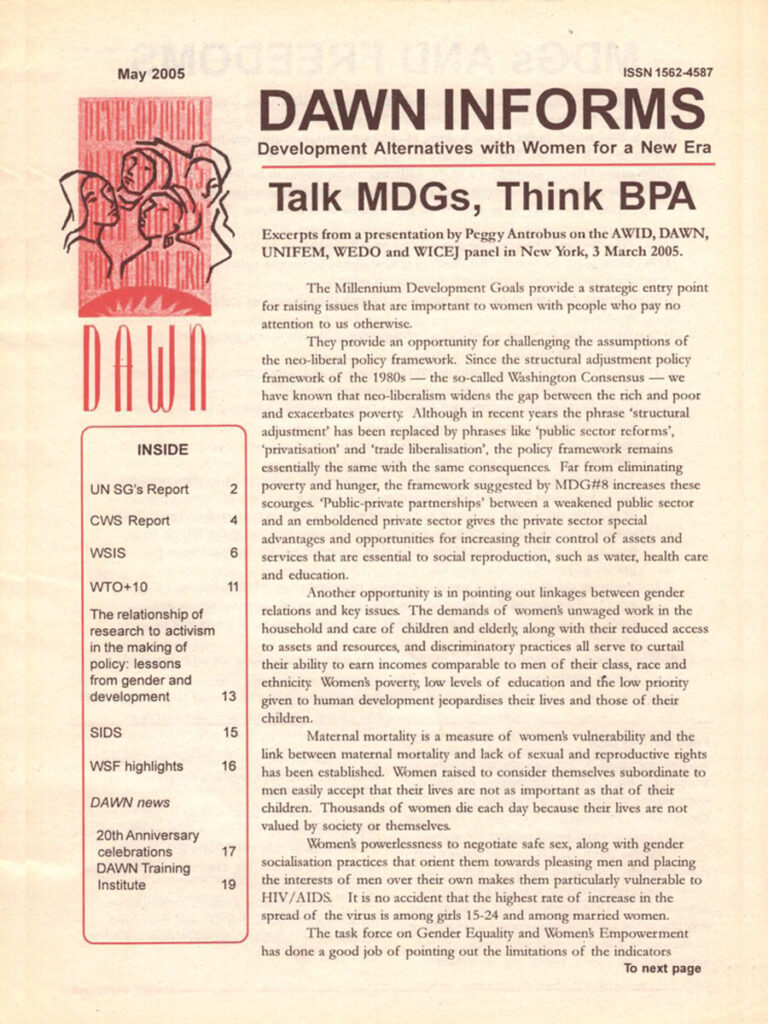
DAWN Informs May 2005
